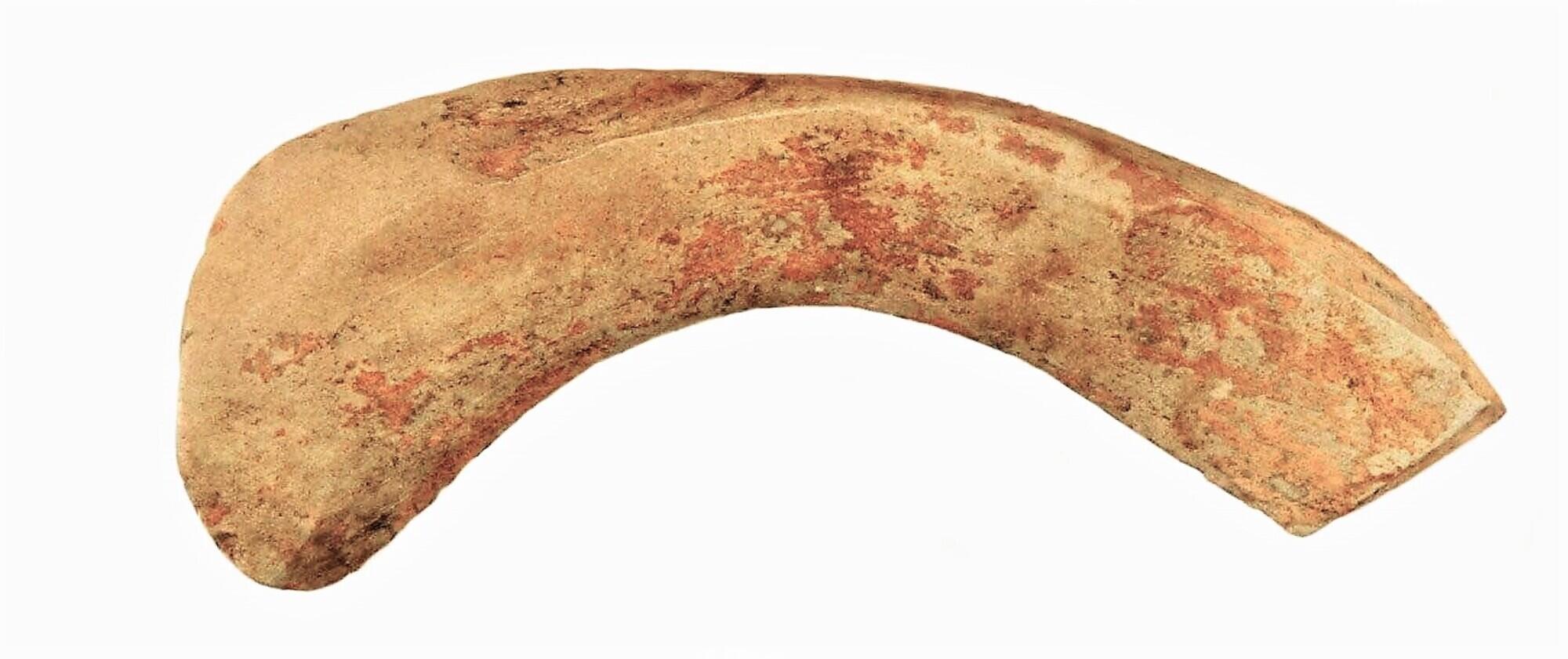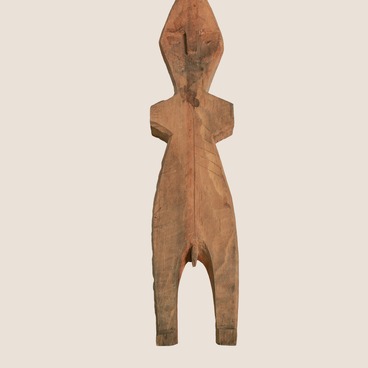During the Stone Age, humans had their first tools. Humans originally used untreated stones which had conveniently sharp edges. Smashing was the oldest stone tool-making method. A stone was smashed against another stone, then a suitable stone was found among stone pieces. The stone had to be large enough to hold in the hand and have a sharp edge.
One of the valuable inventions of humankind at the early stage of its development was a hand ax. With such a tool, it became easier to get root crops, chop nuts and other plant food, and hunt small game. However, one had to break too many stones to have such a tool. Therefore, the next invention was the chipping method. By hitting a stone with the stone that had a suitable size and shape, pieces were chipped off until it had a cutting edge. Thanks to new techniques — retouching and grinding — people had a new tool — a knife, that is a flat stone with a sharp blade.
The first knives were sickle-shaped having concave cutting edges. Knives were mainly used in everyday activities: while people were whittling wood, cutting food, or fleshing hides. Fleshing is a stage in the processing of hides when the inner part of the hides is stripped of remaining tendons and muscle fibers.
There are some sickle-shaped stone knives housed in the Nefteyugansk Museum. These knives belong to the Neolithic (the New Stone Age). They were discovered during archaeological excavations of the Kayukovo 2 settlement in 2000–2004.
The knife from the exhibition “Ugra Heritage” is made of green tuff supposedly in the area of the Ural Mountains. Tuff was a light porous rock. On the territory of the Middle Ob region, there was no natural stone raw material, which is suitable for making tools. People used stone tools that they brought from adjacent areas, for example from the Middle Urals. The local types of pebbles were used as additional tools: grinders, trowels, scrapers, and anvils.
The sickle-shaped knife found in Kayukovo 2 is sharpened only on one side and specially made semicircular.
One of the valuable inventions of humankind at the early stage of its development was a hand ax. With such a tool, it became easier to get root crops, chop nuts and other plant food, and hunt small game. However, one had to break too many stones to have such a tool. Therefore, the next invention was the chipping method. By hitting a stone with the stone that had a suitable size and shape, pieces were chipped off until it had a cutting edge. Thanks to new techniques — retouching and grinding — people had a new tool — a knife, that is a flat stone with a sharp blade.
The first knives were sickle-shaped having concave cutting edges. Knives were mainly used in everyday activities: while people were whittling wood, cutting food, or fleshing hides. Fleshing is a stage in the processing of hides when the inner part of the hides is stripped of remaining tendons and muscle fibers.
There are some sickle-shaped stone knives housed in the Nefteyugansk Museum. These knives belong to the Neolithic (the New Stone Age). They were discovered during archaeological excavations of the Kayukovo 2 settlement in 2000–2004.
The knife from the exhibition “Ugra Heritage” is made of green tuff supposedly in the area of the Ural Mountains. Tuff was a light porous rock. On the territory of the Middle Ob region, there was no natural stone raw material, which is suitable for making tools. People used stone tools that they brought from adjacent areas, for example from the Middle Urals. The local types of pebbles were used as additional tools: grinders, trowels, scrapers, and anvils.
The sickle-shaped knife found in Kayukovo 2 is sharpened only on one side and specially made semicircular.



